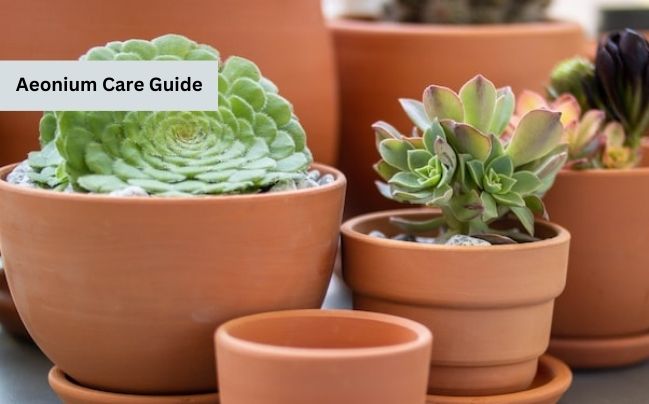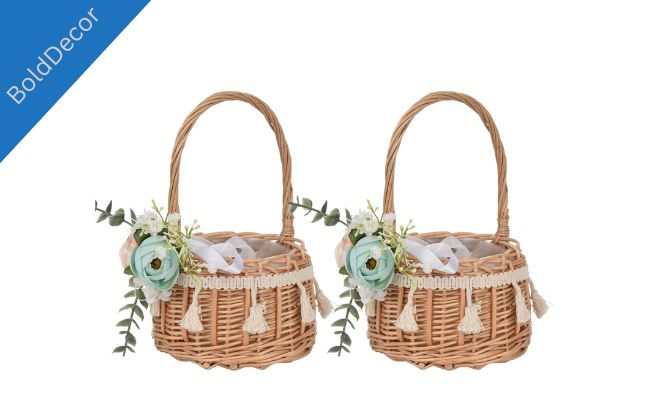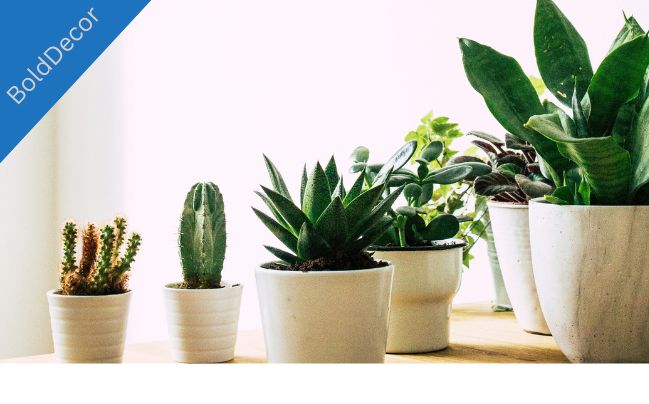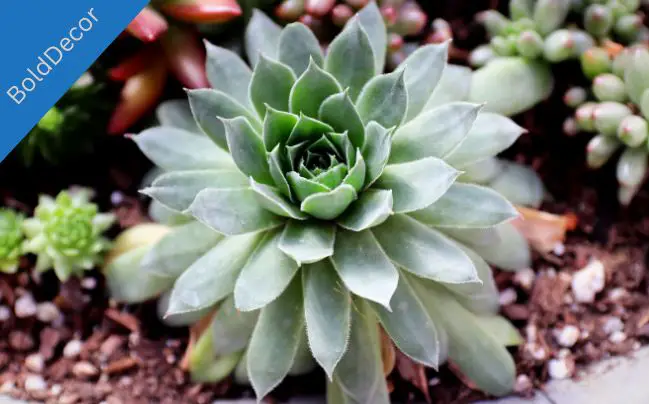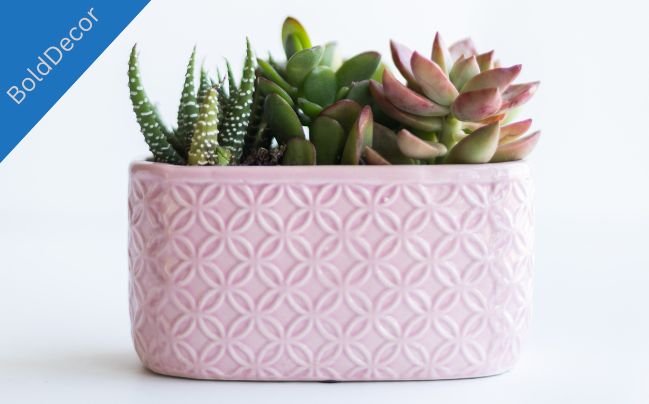If you’re searching for a stunning and easy-to-care-for succulent, look no further than the Aeonium plant. With their rosette shapes and striking colors, Aeoniums can add a touch of elegance to any indoor or outdoor garden.
However, like any plant, proper care is essential for ensuring your Aeonium thrives. In this guide, I’ll walk you through everything you need to know about Aeonium care, from understanding the different varieties to providing optimal sunlight and watering.
Key Takeaways:
- Understanding the different types and varieties of Aeonium is crucial for selecting the right plants.
- Aeonium plants can be grown indoors or outdoors, but each setting requires specific care.
- Providing the right amount of sunlight is essential for Aeonium health.
- Watering and soil are crucial for preventing root rot and promoting growth.
- Proper fertilization, pruning, and grooming can enhance Aeonium growth and appearance.
Table of Contents
Types and Varieties of Aeonium
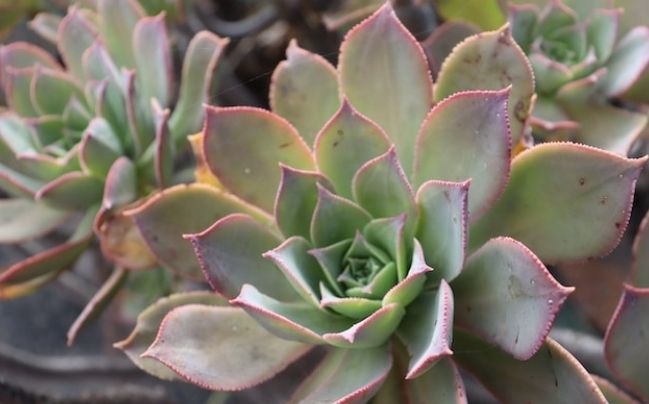
Before we delve into the best care practices for Aeonium plants, let’s explore the different types and varieties available. Aeoniums come in various rosette shapes and color variations, making them a popular choice for succulent enthusiasts.
Aeonium Arboreum
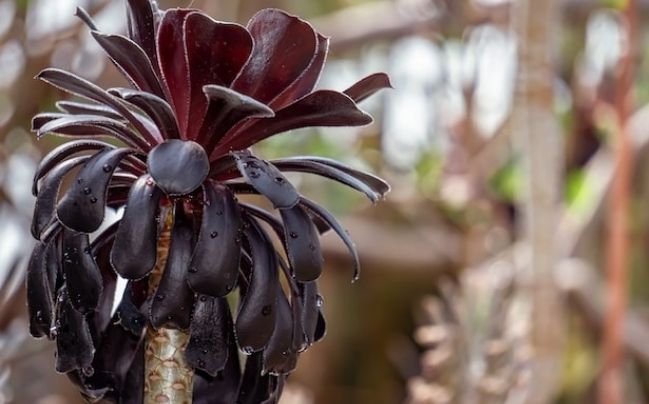
Aeonium arboreum is a popular and easy-to-grow variety that produces green rosettes or deep burgundy leaves. It can grow up to six feet tall and is perfect for those seeking a larger, eye-catching plant.
Aeonium Canariense

Aeonium canariense has distinctive, large rosettes that grow up to 12 inches in diameter. Its leaves are light green and can turn reddish in full sun. It’s a perfect choice for those seeking a statement plant for their indoor or outdoor garden.
Aeonium Kiwi
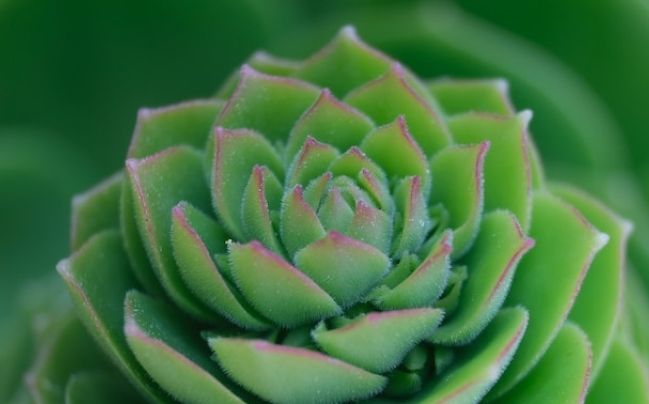
Aeonium Kiwi is known for its stunning variegated leaves that range from pink and yellow to green and cream. The rosettes tend to be small and grow close together, making the plant ideal for small-space indoor gardens.
Aeonium Zwartkop
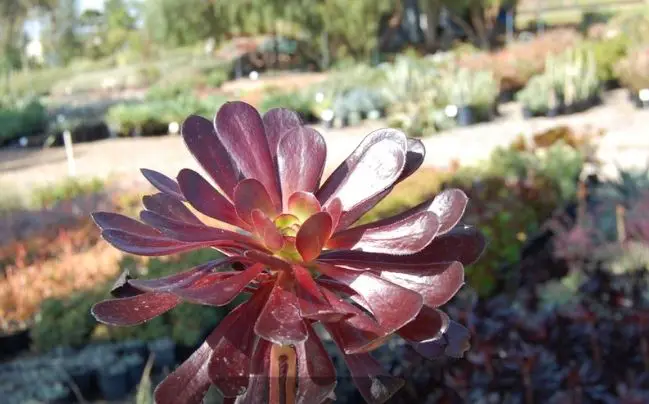
Aeonium Zwartkop, also known as Black Rose, is a striking variety known for its deep purple to black leaves. It prefers full sun and can grow up to three feet tall and wide, making it an excellent choice for outdoor gardens and landscaping.
These are just some of the many popular Aeonium varieties available. Each variety comes with its unique characteristics, so explore a range of Aeoniums and discover the ones that appeal to you the most.
Aeonium: Indoor vs. Outdoor
One important consideration in caring for Aeonium plants is determining whether to grow them indoors or outdoors. Both options have their pros and cons based on lighting and temperature requirements, as well as personal preferences and living conditions.
Indoor Aeonium Gardening
If you choose to grow Aeonium plants indoors, you can enjoy year-round greenery regardless of the outdoor climate. Aeoniums can thrive indoors as long as they receive enough light, either from a sunny window or grow lights.
When it comes to temperature, Aeoniums prefer moderate to warm conditions with a temperature range of 60-80°F. Keep in mind that indoor environments can become dry, so it’s important to maintain adequate humidity levels to prevent the leaves from drying out.
Outdoor Aeonium Gardening
Outdoor Aeonium gardening offers the benefit of natural sunlight, which is essential for healthy growth. However, choose a suitable location for your Aeonium plants, as intense midday sun can cause sunburn, and too much shade can result in leggy growth.
Outdoor Aeoniums thrive best in a climate with mild temperatures, as they are susceptible to frost damage. In case of frost, cover the plants with a breathable cloth or remove them from outdoor exposure.
Ultimately, the choice between indoor and outdoor Aeonium gardening will depend on factors such as space, sunlight, and temperature. Both options have their advantages, and with proper care, your Aeonium plants can flourish indoors or outdoors.
Providing Optimal Sunlight for Aeonium
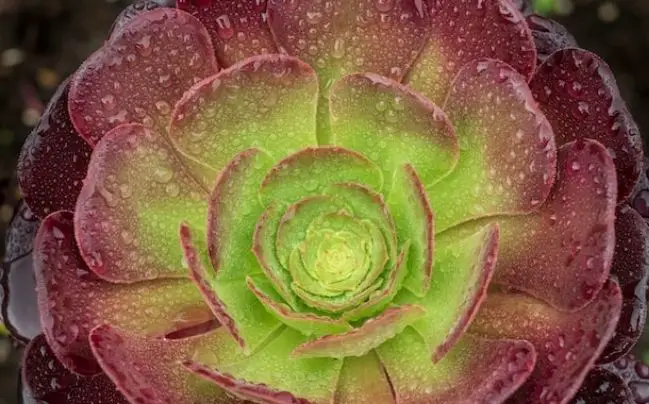
Aeoniums are sun-loving plants that require plenty of light to thrive. To provide the ideal lighting conditions for your Aeonium plants, it’s crucial to understand their light requirements and adapt the exposure based on the specific species and season.
Ideal Light Conditions for Aeoniums
Most Aeonium species prefer full sun to partial shade. However, it’s essential to avoid exposing your plants to intense midday sun, which can scorch the leaves and cause damage. Instead, seek bright but indirect sunlight that provides a balance of warmth and light. Another way to ensure optimal light exposure is to place your plants near windows that allow plenty of natural light to enter.
| Aeonium Varieties | Light Requirements |
|---|---|
| Black Rose Aeonium | Full Sun to Partial Shade |
| Zwartkop Aeonium | Full Sun to Partial Shade |
| Cyclops Aeonium | Full Sun to Partial Shade |
Avoiding Overexposure
While Aeonium plants require plenty of sunlight, overexposure can be harmful and cause irreversible damage. If you notice your plants showing signs of sunburn, such as dry or brown tips, consider moving them to a shadier location. Outdoor plants can benefit from extra shading during the hottest hours of the day, such as using a shade cloth or placing them under a tree or umbrella.
Overall, providing optimal sunlight for your Aeonium plants can lead to healthy growth and stunning foliage. By understanding the light requirements of your specific Aeonium species and adapting the exposure to their needs, you can create a thriving garden or indoor oasis.
Watering: The Key to Aeonium Health
Watering is a crucial component of Aeonium care. Proper watering will promote the growth and health of your aeonium plants and prevent root rot.
To establish a watering schedule suitable for your Aeonium, you must consider the species and its unique needs. A good regimen should balance the plant’s sunlight exposure, temperature, and water requirements. Generally, Aeoniums require water when the topsoil is dry, but the timing can vary depending on the environment and species.
To ensure adequate drainage, plant your Aeonium in well-draining soil. Too much water without proper drainage can lead to root rot, fungal growth, and eventually destroy your plant. Consider watering deeply to encourage root development, then allow the soil to drain completely.
Signs that your Aeonium plant might need water include leaves that appear wilted, curled, or dry at the edges. The color of the leaves may also appear dull, or they may lose their vibrancy. These are signal signs to water your Aeonium plants to keep them alive and healthy.
Proper watering is a crucial part of Aeonium care. By following these simple tips, you can keep your aeonium succulents healthy and thriving.
Propagating Aeonium: Techniques and Tips
If you’re eager to expand your Aeonium collection or want to share your plants with friends, propagation is a wonderful technique to master. Aeonium propagation involves creating a new plant from an existing one, and this can be achieved in several ways.
Stem Cuttings
One popular propagation method is stem cuttings. Begin by selecting a healthy Aeonium stem, ensuring it’s at least 4 inches long. Using a sharp and clean pair of scissors, cut the stem off at the base and leave the cutting to dry for a day or two. Then, dip the bottom of the cutting in rooting hormone and plant it in well-draining soil. Keep the soil moist and place the pot in a bright spot out of direct sunlight. Within a few weeks, the cutting should develop new roots and leaves.
Leaf Propagation
Another effective propagation technique is leaf propagation. Start by gently taking a leaf off the Aeonium plant, ensuring it is still attached to its stem. Leave the leaf aside for a day or two to dry out and form a callus. Then, dip the end of the leaf in rooting hormone and lay it flat on top of the soil, making sure the base of the leaf is in contact with the soil. Place the pot in a bright and warm spot, keeping the soil moist. Within a few weeks, new roots and leaves should grow from the base of the leaf.
Regardless of the propagation method you choose, it’s important to use a clean and sharp tool and to ensure that the cutting or leaf has time to dry and callus before planting. Keep the new plant in a warm and bright environment and be patient – sometimes propagation can take several weeks before new growth appears. But with the right care and techniques, you’ll soon be able to expand your Aeonium collection and enjoy these beautiful plants in all their variety.
Overcoming Common Aeonium Challenges
Aeonium plants are generally easy to care for, but they are not entirely immune to challenges. If you want to keep your Aeonium plant healthy and vibrant, it’s essential to know how to overcome the common issues that may arise.
Pest Control
If you’re growing Aeonium plants outdoors, you may encounter pests such as mealybugs and spider mites. These pests can cause damage by sucking sap from the leaves and causing wilting or yellowing. To prevent or manage an infestation, keep a close eye on your plants and regularly clean them to remove any debris or dust. You can also use insecticidal soap or neem oil as a natural pest control option.
Disease Prevention
Overwatering or poor drainage can cause root rot, a common problem that can lead to the death of the plant. To prevent this issue, ensure that the soil is well-draining and don’t water the plant too frequently. Additionally, make sure the plant has adequate ventilation and avoid overcrowding with other plants. You can also treat your plant preventatively with a fungicide spray.
Environmental Stress
Aeonium plants are sensitive to extreme temperatures and sunlight exposure. If the plant is exposed to intense midday sun, it may suffer from sunburn or discoloration. To prevent this issue, provide partial shade during the hottest part of the day or move the plant to a location with more shade. Additionally, make sure the temperature is not too cold, as cold weather can damage the plant.
Overall, by taking the necessary precautions and responding quickly to any issues that arise, you can overcome common Aeonium challenges and enjoy a thriving, healthy plant in your indoor or outdoor garden.
Aeonium: Bringing the Outdoors In with Indoor Gardens
If you’re looking to experience the beauty of Aeonium plants but have limited outdoor space, indoor gardening is an excellent alternative. Creating a thriving indoor Aeonium garden requires a bit of effort and planning, but the results are worth it.
Selecting Containers and Soil
The first step in indoor Aeonium gardening is selecting the right containers and soil. Aeonium needs well-draining soil to prevent root rot, so choose a mix of soil that is specifically designed for succulents. Additionally, choose containers that provide adequate drainage, as this is critical for the health of your plants.
Providing Adequate Lighting
Lighting is another essential factor to consider when growing Aeonium plants indoors. These plants need bright, indirect light, so place them near a sunny window or install grow lights if natural light is insufficient. Avoid exposing Aeonium to direct sunlight as it may cause sunburn and scorching.
Maintaining Humidity Levels
Depending on your location, indoor air can be dry, which may affect the growth of your Aeonium plants. To maintain optimal humidity levels, consider using a humidifier or placing a tray of water near your plants. Additionally, grouping several plants in a space can help to increase humidity levels.
| Tip | Caution |
|---|---|
| Rotate your Aeonium plants every few weeks to ensure they receive even lighting and prevent leggy growth. | Avoid overwatering Aeonium plants, as this can lead to root rot and other issues. |
| Use a cactus potting mix that includes perlite or sand to provide the proper drainage for Aeonium plants. | Avoid placing Aeonium plants near vents, as this can dry them out and cause damage. |
Caring for Indoor Aeonium Plants
Proper care is key to ensuring your indoor Aeonium garden thrives. Follow these tips to promote healthy growth:
- Water only when the soil is dry to the touch, and avoid wetting the foliage.
- Fertilize with a balanced, succulent-specific fertilizer every two to three months during the growing season.
- Remove any damaged or dead leaves and stems to promote new growth and maintain the plant’s shape.
By following these guidelines, you can create a thriving indoor Aeonium garden and enjoy the beauty of these succulent plants all year round.
Enhancing Aeonium Growth: Fertilizing and Maintenance
To keep your Aeonium plants looking vibrant, it’s crucial to provide them with proper fertilization and regular maintenance. Aeonium plants have specific nutritional needs that must be met to facilitate growth.
Fertilizing Aeonium Plants
The right fertilizer can make all the difference when it comes to Aeonium care. Use a balanced fertilizer with an N-P-K ratio of 20-20-20 during the growing season, preferably between March and October.
Apply the fertilizer to the soil, making sure not to get any on the leaves or stem. Too much fertilizer can burn the plant’s roots and damage the entire plant.
During the dormant season, from November to February, fertilization should be reduced or stopped entirely.
Maintenance Practices for Aeonium Plants
In addition to fertilization, regular maintenance practices can help your Aeonium plants thrive. Here are some tips to keep in mind:
- Pruning: Cut back leggy or overgrown stems to encourage fuller growth and prevent the plant from becoming top-heavy.
- Grooming: Remove any yellow or dead leaves to keep the plant looking tidy and healthy.
- Transplanting: Aeonium plants may need to be transplanted every few years or when they outgrow their container. Use a well-draining soil mixture and a pot with a drainage hole to prevent root rot.
- Pest Control: Keep an eye out for common pests like mealybugs or spider mites, and treat with an insecticidal soap or neem oil if necessary.
By following these simple fertilization and maintenance tips, your Aeonium plants will continue to thrive and beautify your indoor or outdoor garden.
Bottom line
Cultivating Aeonium plants can be a rewarding and fulfilling experience, and with the right care, you can enjoy these stunning succulents in your home or garden for years to come. Remember to tailor your care to the specific needs of each Aeonium variety, and regularly monitor for signs of pests, diseases, and environmental stress.
Providing optimal sunlight, proper watering, and regular maintenance, including fertilization and pruning, will help your Aeonium plants thrive. Whether you choose to grow your Aeonium indoors or outdoors, make sure to create the right conditions, including proper lighting and well-draining soil.
By applying the tips and techniques outlined in this Aeonium care guide, you can successfully cultivate these fascinating plants and enjoy their unique beauty and elegance. Happy gardening!
FAQ
What are the different types of Aeonium?
Aeonium plants come in a variety of types, including Aeonium arboreum, Aeonium haworthii, and Aeonium kiwi, each with unique characteristics and appearances.
How do I care for my Aeonium plant?
To ensure your Aeonium plant thrives, provide it with well-draining soil, plenty of sunlight, and water it sparingly, allowing the soil to dry out between waterings.
Can Aeonium be grown indoors?
Yes, Aeonium can be grown indoors as long as they receive adequate sunlight and are planted in well-draining soil. However, keep in mind that they may require more attention compared to outdoor-grown plants.
How often should I water my Aeonium?
Aeonium plants should be watered when the top inch of soil is dry. Generally, this translates to watering every 7-14 days, but it may vary depending on the climate and humidity levels.
What is the best lighting for Aeonium plants?
Aeonium plants prefer bright, indirect sunlight. Place them in a location with at least 4-6 hours of sunlight per day, but protect them from intense midday sun to prevent sunburn.
How can I propagate my Aeonium plant?
Aeonium can be propagated through stem cuttings or leaf propagation. Simply cut a healthy stem or detach a healthy leaf and follow the specific propagation instructions for each method.
What are common challenges faced by Aeonium plants?
Aeonium plants may encounter pests like mealybugs or suffer from diseases like root rot. Additionally, extreme temperatures or overwatering can cause stress. Regular inspection and prompt action can help prevent and manage these challenges.
Can I create an indoor Aeonium garden?
Yes, you can create a beautiful indoor Aeonium garden by selecting suitable containers, providing adequate lighting, and maintaining appropriate humidity levels. Just ensure your plants receive the necessary care and attention.
How often should I fertilize my Aeonium plants?
Aeonium plants benefit from a balanced, water-soluble fertilizer applied every 2-4 weeks during the active growing season (spring and summer). Be careful not to over-fertilize, as it can harm the plants.
How can I maintain the overall health of my Aeonium plants?
Besides regular watering and fertilizing, maintaining the health of your Aeonium plants involves pruning to remove dead or damaged leaves, inspecting for pests or diseases, and providing appropriate shelter during extreme weather conditions.

